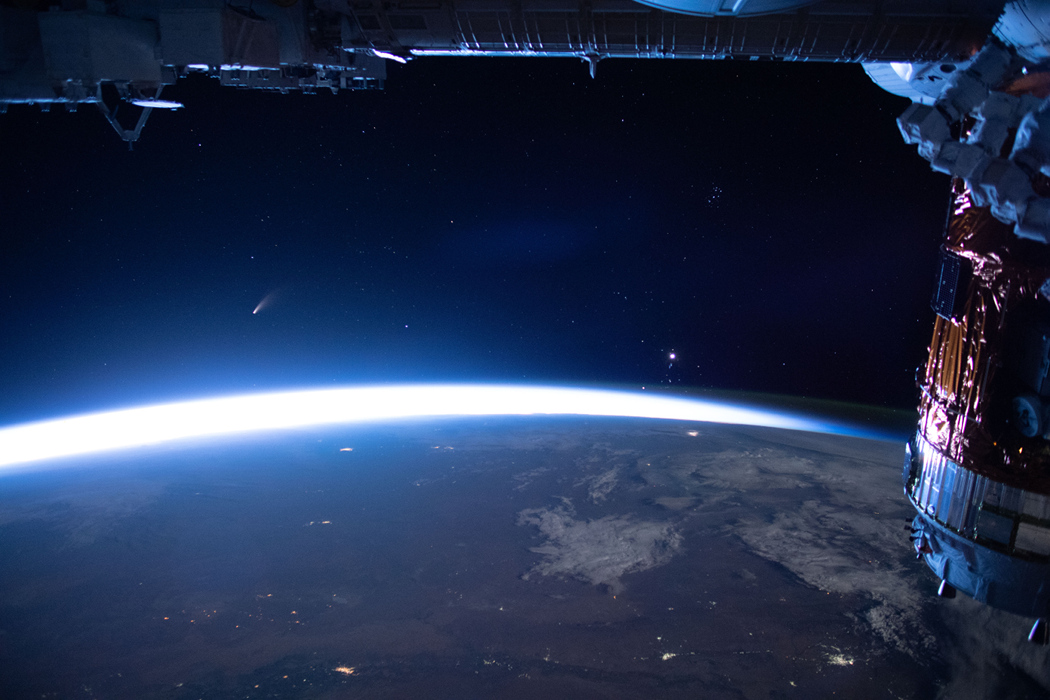Dejan Corovic
As above, so bellow
Yeah, there is another good video about Milky Way, important for life in a galaxy.
It seems that all big galaxies, like ours, spend some tome as quasars. Like every few billion years a galaxy spontaneously turns into quasar. Many galaxies have those strange bulbs bellow and above the galactic disc. It is hypothesized that these bulbs were leftovers from creation of jets that come out from the central black holes. These bulbs were observed in other galaxies and in Milky Way. That means Milky Way was a quasar galaxy some time ago. When galaxy turns into quasar than there is so much radiation than no life can survive anywhere in the galactic disk. Essentially, whole galaxy gets purged. If I remember correctly, galaxy turns into quasar very quickly, in just few years??
This affects a theory that life is more frequent towards the outer 2/3 periphery of the Milky Way. Because, not that long ago, we were speculating that UFOs come from these outer 2/3 of the galactic disc because they would have more time to develop civilizations. If Milky Way was a quasar say 6 billion years ago, than outer 2/3 would be sterilized during the time galaxy spent in quasar mode and aliens wouldn't be on average 3.3 billion years ahead of us to develop superior technology.
It seems that all big galaxies, like ours, spend some tome as quasars. Like every few billion years a galaxy spontaneously turns into quasar. Many galaxies have those strange bulbs bellow and above the galactic disc. It is hypothesized that these bulbs were leftovers from creation of jets that come out from the central black holes. These bulbs were observed in other galaxies and in Milky Way. That means Milky Way was a quasar galaxy some time ago. When galaxy turns into quasar than there is so much radiation than no life can survive anywhere in the galactic disk. Essentially, whole galaxy gets purged. If I remember correctly, galaxy turns into quasar very quickly, in just few years??
This affects a theory that life is more frequent towards the outer 2/3 periphery of the Milky Way. Because, not that long ago, we were speculating that UFOs come from these outer 2/3 of the galactic disc because they would have more time to develop civilizations. If Milky Way was a quasar say 6 billion years ago, than outer 2/3 would be sterilized during the time galaxy spent in quasar mode and aliens wouldn't be on average 3.3 billion years ahead of us to develop superior technology.

